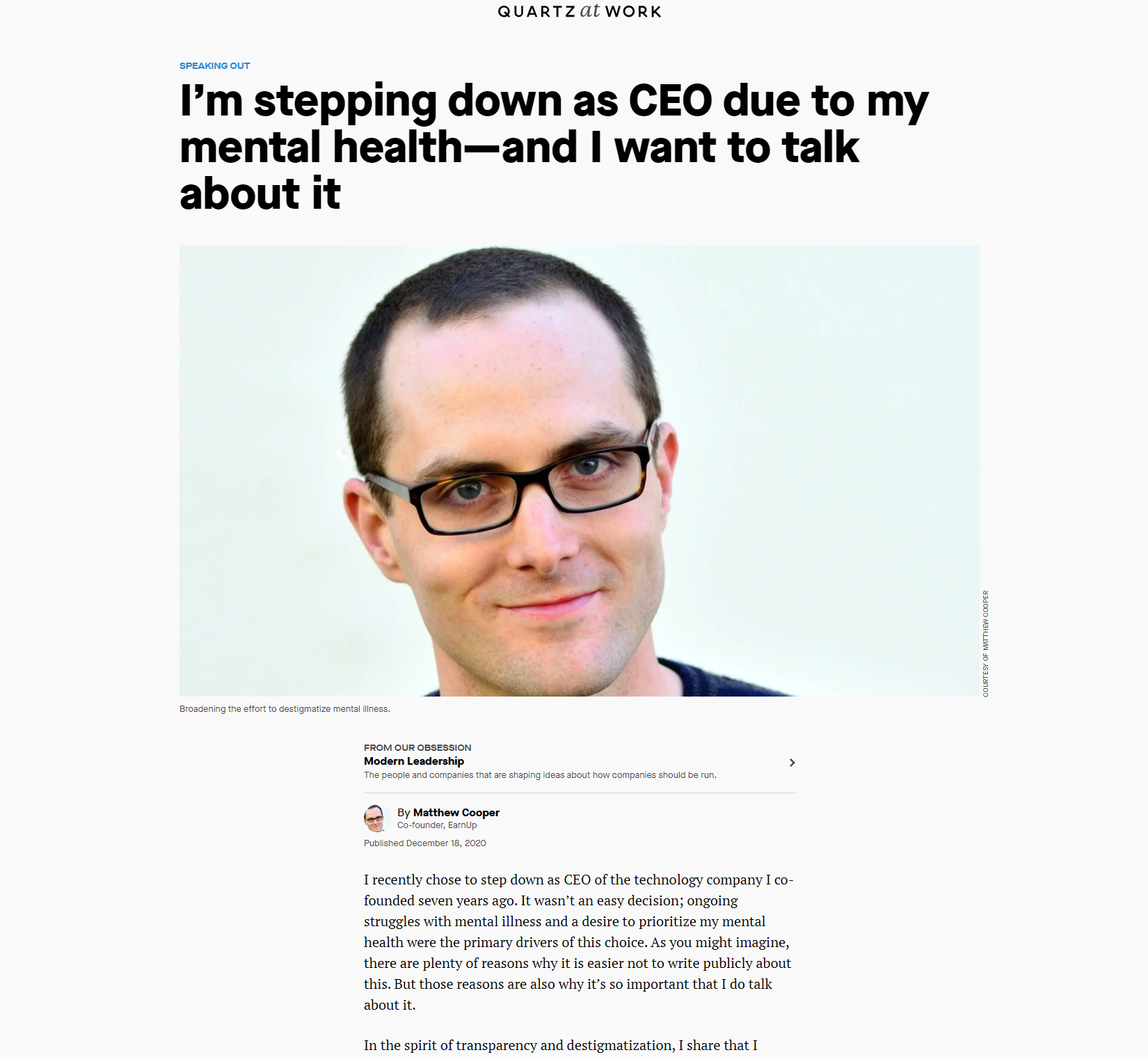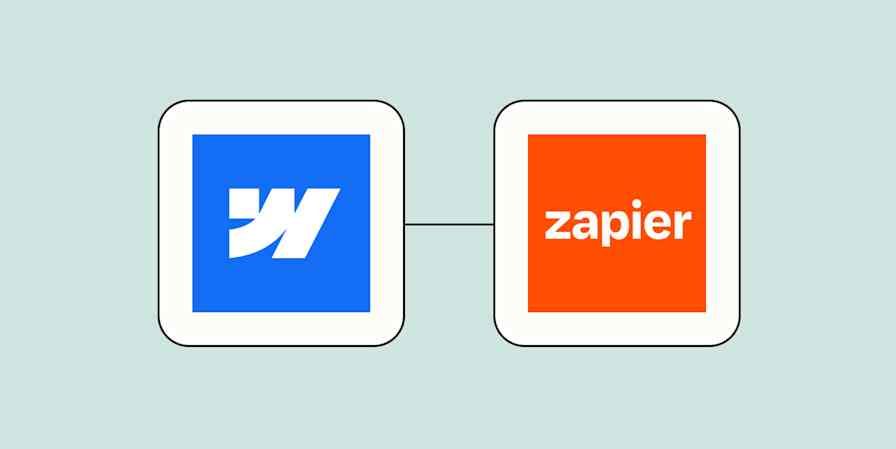Mental health is a hot topic for businesses, so it makes sense that everyone wants to jump on the conversational bandwagon. But it still bothers me to see companies plunge in without taking the time to figure out why they want to contribute or what they want to say. There's nothing wrong with sharing "10 easy ways to handle stress at work," or telling people to download your workplace wellness eBook. But do they honestly add to the conversation? Probably not.
Talking about mental health is something I do every day, as a podcaster, writer, disabled business owner, and mental health advocate. It's literally embedded into my work and my daily life. But even then, I have to be careful to only speak to what I know and do my best to contribute something of value.
And that's the keyword there: value. Content marketing is built around drawing people in, getting them interested in our products and services, and ultimately, making them a customer. To join the mental health conversation, I need you to throw away the content marketing rulebook.
Think of this as a way to explore important ideas as a company, show support, and spread the word—without the snap call-to-action at the end.
Joining the mental health conversation (the right way)
I can write articles about my life with PTSD, how my depressive cycles work, and building a small business with mental health in mind. But the second I share something self-promotional or outside of my experience, I'm taking away from the importance of the topic.
Adding to mental health conversations in a meaningful way starts with having a clear statement or goal in mind, one that's not focused on lead generation or attracting new customers. Ask yourself: Why am I doing this? What do I want the outcome to be?
Goals you set for your content could look like:
Advocating for a specific change within the workplace
Educating workers and managers on the signs of stress and burnout
Creating awareness around mental health conditions and chronic issues
Just to name a few.
Have something in mind? Great, now you can get down to it. Here are five ways to add to the mental health conversation through content marketing.
1. Check the news
Rather than having to start from scratch, you can make a bigger impact by leveraging timely and relevant mental health topics.
Stay on top of what's going on in your industry, especially the areas that may relate directly to your target market, like workplace wellness, stress, fatigue, or productivity. Set Google Alerts for relevant mental health keywords, or follow powerhouses like HBR, Forbes, and McKinsey & Company to access new findings and research.
But don't just jump on the first juicy topic or try to cram current events into your content calendar. If the news hits close to home, inspires new thoughts, or helps you make a point by bringing new facts to light, you're headed in the right direction. Use it as a starting point to voice your thoughts—not a lifeline—and always keep the content relevant to your audience.
If nothing in the news feels right for you to latch onto, don't force it. There are other options.
2. Turn the conversation inward
Yes, you can talk about what you're doing as a company to support the mental health movement—but only once in a while. It's important to avoid promoting your company in a serious discussion (unless you actually do provide the solution).
Keep your mental health content and discussions sales-free by limiting your "What we've done" and "Why we're great at mental health" content to press releases and employer brand campaigns. Instead, consider turning the conversation inward by inviting your employees to take part.
Open the floor to mental health discussions on internal communication channels and during team meetings. Send out a company-wide survey to get your managers' and employees' thoughts on important mental health topics, burning questions, and needed resources. If you go this route, be sure to get explicit permission before using any of these ideas in your campaigns (and it's also important to allow for anonymous contributions).
Not only will this process help you personalize your content and offer valuable insight, but it can also inform your approach to mental health as a company. Not a bad way to learn as you go, right?
3. Ask questions instead of giving answers
When it comes to mental health, assuming you have all the answers can come back to bite you.
A healthier, and often more approachable, strategy is to add to the mental health conversation by asking questions. Focus on opening new discussions, not impressing an audience with your knowledge or trying to look like the mental health expert. (A good rule of thumb: don't offer any mental health advice if you're not a licensed practitioner.)
In other words, think like a solutions journalist. Solutions journalism focuses on how people and companies respond to and solve problems. Rather than saying "this is the only way," it lays out the problem and examines a range of solutions from different sources.
Try starting discussions about the best ways to approach mental health at work and challenging what others think to be true. If you do offer a mental health solution, this is one of those few times a call-to-action would work.
Here are a few ideas:
Rather than "Here's how we do it," ask "How can we solve X?", "What's the next step?", or "How can we reframe this or see this differently?"
Present the problem and share how others are responding, or ask your own expert to weigh in.
Take a popular topic or solution and ask, "What works and what doesn't?" This is a strategy I used to explore mental health work perks in my Medium mini-series.
4. Draw attention to outside innovation
It's hard to shift the attention elsewhere when you have a lot to say. But mental health is all about diversity, especially diverse perspectives, because no one experiences it exactly the same way.
This is something I always have to be aware of when recording my mental health and business podcast with my co-host. While the show is based on us and our experiences with mental health, we have to make sure it's not just about us. Even though we're two different people with a range of experiences, the show would get boring and narrowly focused if we didn't explore new ideas or share the mic once in a while.
Spotlight innovators and companies making a difference to mental health. These could be:
Companies in your industry that are also adding to the mental health conversation in a meaningful way
Companies with innovative mental health solutions
Academic or government institutions sharing original, relevant research
For a more content marketing-friendly approach, you can highlight people and companies a bit closer to home, like clients, customers, or partner companies. Again, make sure you have permission before you do this and have anyone who contributes sign off on your final product.
Your company can also draw attention to mental health issues by playing a more active role as an advocate. Every year, there are dozens of awareness events that need corporate partners to participate. Adding a few of these to your content marketing schedule can help you spread awareness and start conversations of your own. Just remember to keep the focus on the issue, not your company.
5. Bring in the true experts
Finally, if you really want to add to a conversation, bring in the experts: people with lived experience of mental health issues.
This is a tricky one because mental health is a private topic, and too many workplaces still penalize openness. So getting workers, even your own workers, to share their stories publicly may be tough. Though I still encourage you to ask!
Sometimes, the best way to go is up. Try asking one of your executives to write a guest post or byline about how they deal with anxiety, pandemic stress, or burnout. And don't neglect the professionals, either. If you work with therapists or other mental health professionals, a subject matter expert angle can also be a great addition.
If team member stories aren't an option, there are thousands of mental health advocates out there who would be thrilled to share their stories and offer advice. Platforms like HealtheVoices and Lyfebulb are all about helping people spread the word.
Being part of the change
At the end of the day, it'll take time and effort if you want mental health to be a serious part of your content marketing. And I'm talking about more than goal statements and strategies: joining the mental health conversation should be an authentic and genuine decision for your company. Don't jump in because it's there. Be prepared to learn, grow, and question your own beliefs and others'.
Read more: How trauma affects your work—and what to do about it










